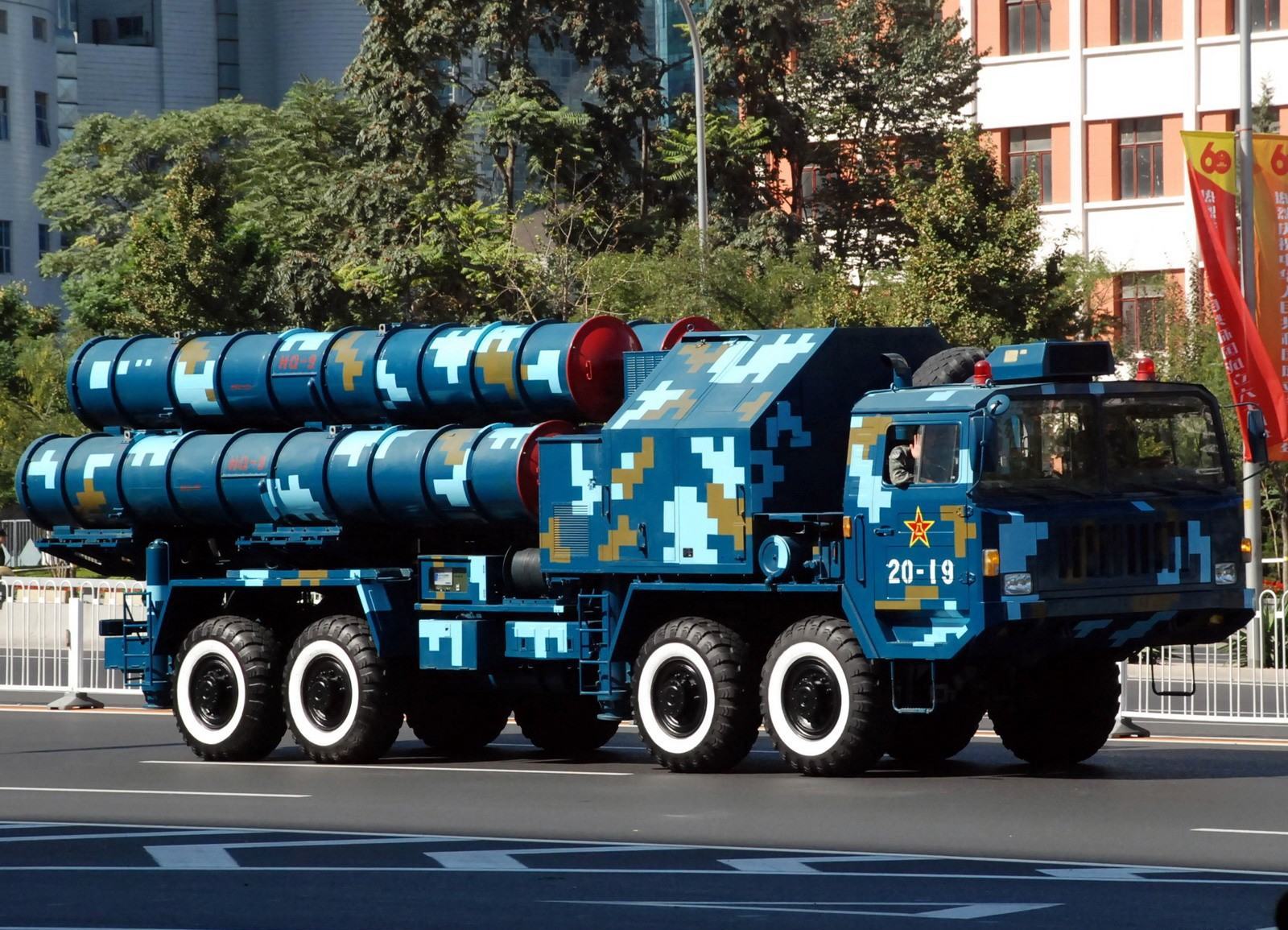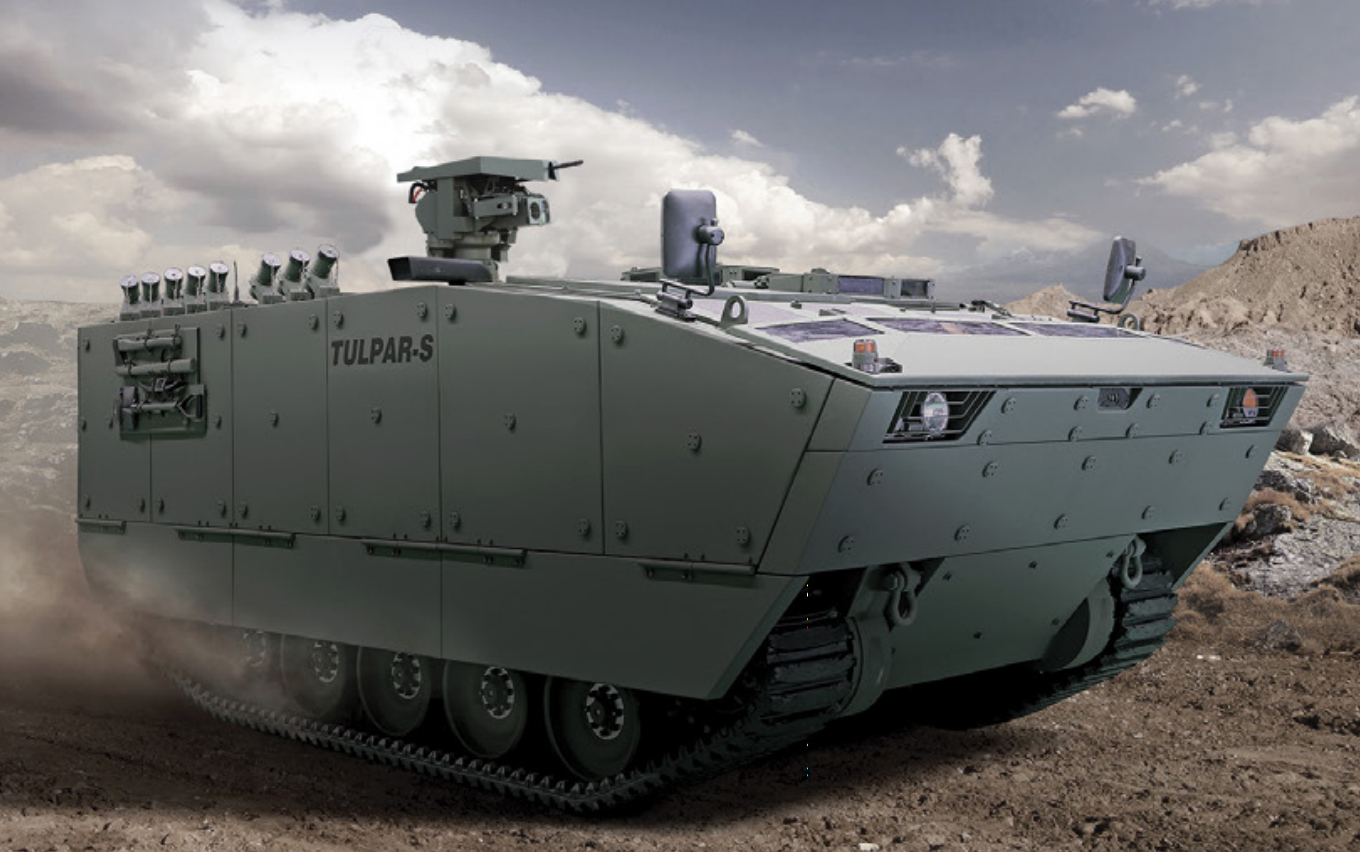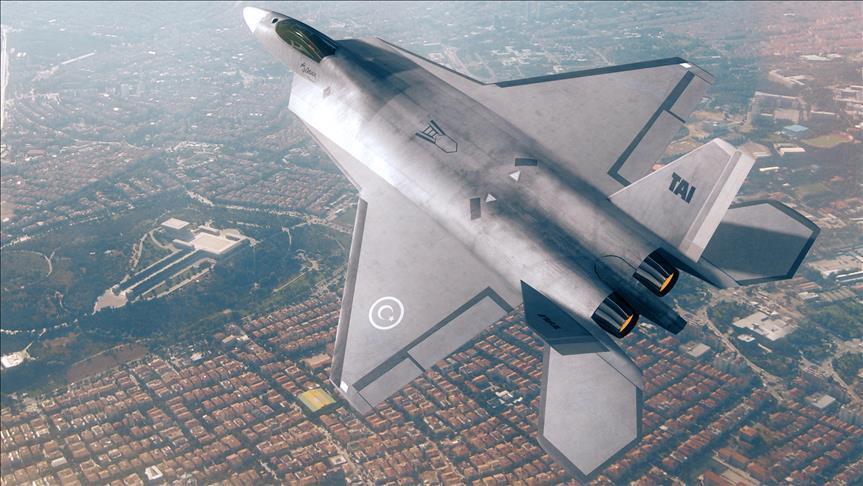40Views 48Comments

Turkey’s New Long-Range Air Defence System to be Indigenous?
29 November 2015
By Bilal Khan
It seems Turkey is going to tap into its indigenous capacities in order to pursue a longstanding requirement for a long-range surface-to-air missile (SAM) system. This comes at the heels of Ankara cancelling what would have been a $3.44 billion US deal with China Precision Machinery Import Export Corp (CPMIEC) for the latter’s HQ-9 system over concerns by its NATO partners. While Turkey did re-open talks with Raython and Eurosam, it has ultimately opted to pursue a local solution instead of an off-the-shelf alternative in the form of the Patriot or SAMP/T.
Turkey’s pursuit of long-range SAMs could be traced to as early as 2006 when its government formally announced that it would evaluate American, Israeli and Russian systems. The T-LORAMIDS (Turkey Long Range Air and Missile Defence System) program, as it would eventually be designated, envisaged a commercial sale paired with extensive technology transfers, enabling Turkey to build and customize the system to meet its specific needs. In 2013 Ankara selected CPMIEC and its HQ-9 offering as the winner of the tender, which not only met Turkey’s technology transfer needs, but came in at the lowest price.
Expectedly, NATO was not warm to the deal. The selection of the HQ-9 immediately set the fact that Turkey would need to raise its own air defence network independent to that of NATO. This was seen as having two main problems. First, that it would be alien to the systems in use by the rest of NATO (Patriot and SAMP/T), making it difficult for interoperability, especially in the case where NATO would apparently need to help Turkey (and vice-versa) – incompatible missiles and subsystems. Second, though implicitly hinted, the prospect of the Chinese being in close proximity to NATO’s air defence systems through Turkey. In the end the pressure induced on Turkey was heavy enough to have it overturn its decision, but interestingly, it also opted to cancel the import bid entirely.
T-LORAMIDS is now effectively an indigenous program, and it is expected to draw from key Turkish (state-owned) defence industry players including Aselsan and Roketsan in terms of electronics and missile development, respectively. We are still speaking in terms of very early stages, but with some measure of foreign input, it is plausible Turkey will push ahead to locally fulfill this requirement.
Granted, long-range air defence radars and SAMs are entirely new realms for the Turkish defence industry, but it would not be accurate say they are incapable of getting there (albeit with foreign support, going at it alone in every respect would be a major financial and time risk). For example, Turkey’s short and medium-range SAM projects are moving along nicely: The short-range air defence (SHORAD) missile Hisar-A, which has a maximum range of 15km at sea-level and maximum altitude of 5km had its first tests in October 2013. This was followed by the medium-range Hisar-O, with a maximum range of 25km at sea-level and maximum altitude of 10km, in August 2014.
The Hisar-A and Hisar-O are produced by Roketsan and are supported by Aselsan’s radar and fire control technology. The missiles themselves seem to be right up there with their current-day contemporaries, such as the MBDA MICA-VL: The Hisar-A/O are vertically launched SAMs propelled by dual-pulse solid fuel, which enable the rocket to launch as well as engage in mid-course flight (first pulse), and then enter the terminal stage (second pulse) at a higher-speed. They also have thrust-vectoring nozzles, which allow for greater maneuvering, which is beneficial against particularly agile targets.
What the Hisar-A/O demonstrate is that Turkey does possess at least some of the underlying technological research and development base to develop a long-range SAM system, though there is no doubt that the feasibility of the program would see a boost if foreign assistance can be acquired. Turkey could opt to acquire that input in one of two ways (if their prior programs are of any indication). One method would be to simply import commercially-off-the-shelf technology and integrate it within the Turkish system, as it had done with the SOM air-launched cruise missile (ALCM). The SOM uses a turbojet engine developed by the French company Microturbo. However, this approach will still make Turkey dependable on an external vendor, which could be a problem in certain respects, such as exporting.
The alternative method, though likely more expensive, could involve a Turkish firm tapping into foreign expertise and R&D with the aim of ultimately owning the resulting intellectual property (IP). This is essentially what the firm TUMOSAN is doing in regards to the Altay main battle tank’s engine: In October TUMOSAN signed a contract with the Austrian firm AVL List for technical support for the tank engine’s power unit. Owning the IP would definitely be beneficial for Turkey considering that it would not only have a full turnkey indigenous solution, but the T-LORAMIDS would be a readily exportable system. There are not many sources for long-range SAM systems, but demand is steadily growing, Turkey may be thinking in terms of competing on the market as well.
Speculation aside, T-LORAMIDS will certainly be one of Turkey’s riskier and more ambitious programs. It will be interesting to in see (irrespective of the level of control it has over IP or whether it is a complete turnkey solution) if it enters the naval realm as well, for use on Turkey’s future frigates.


